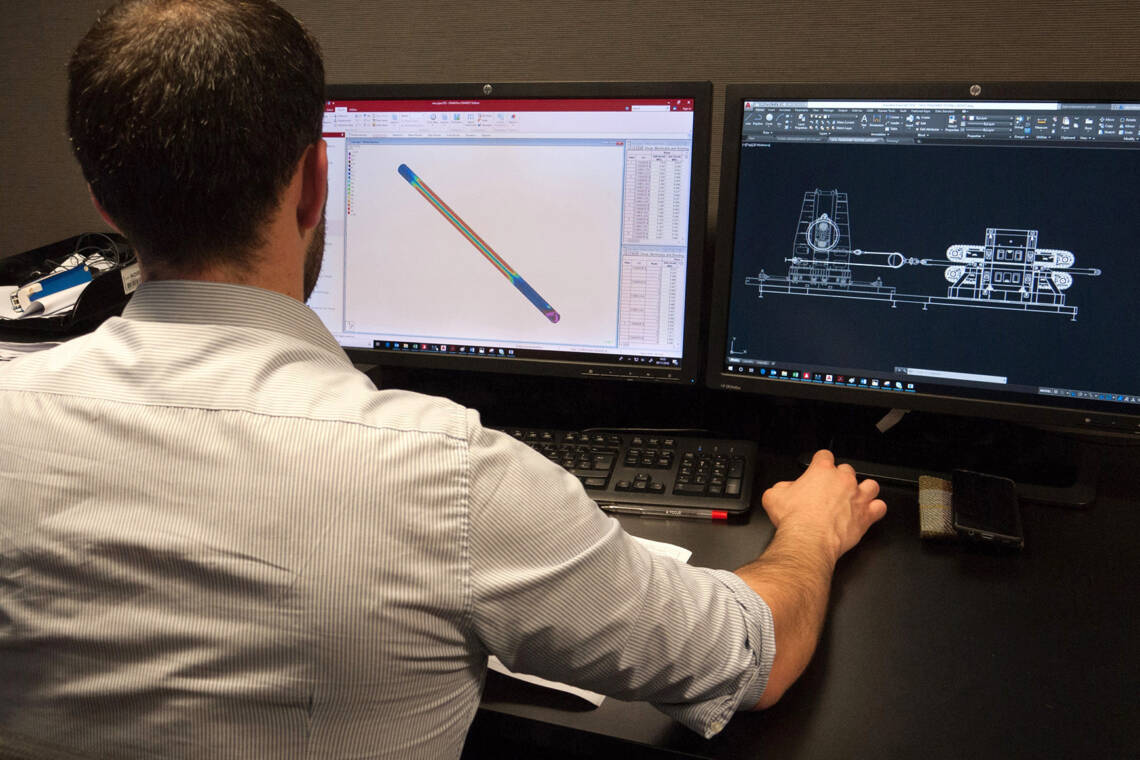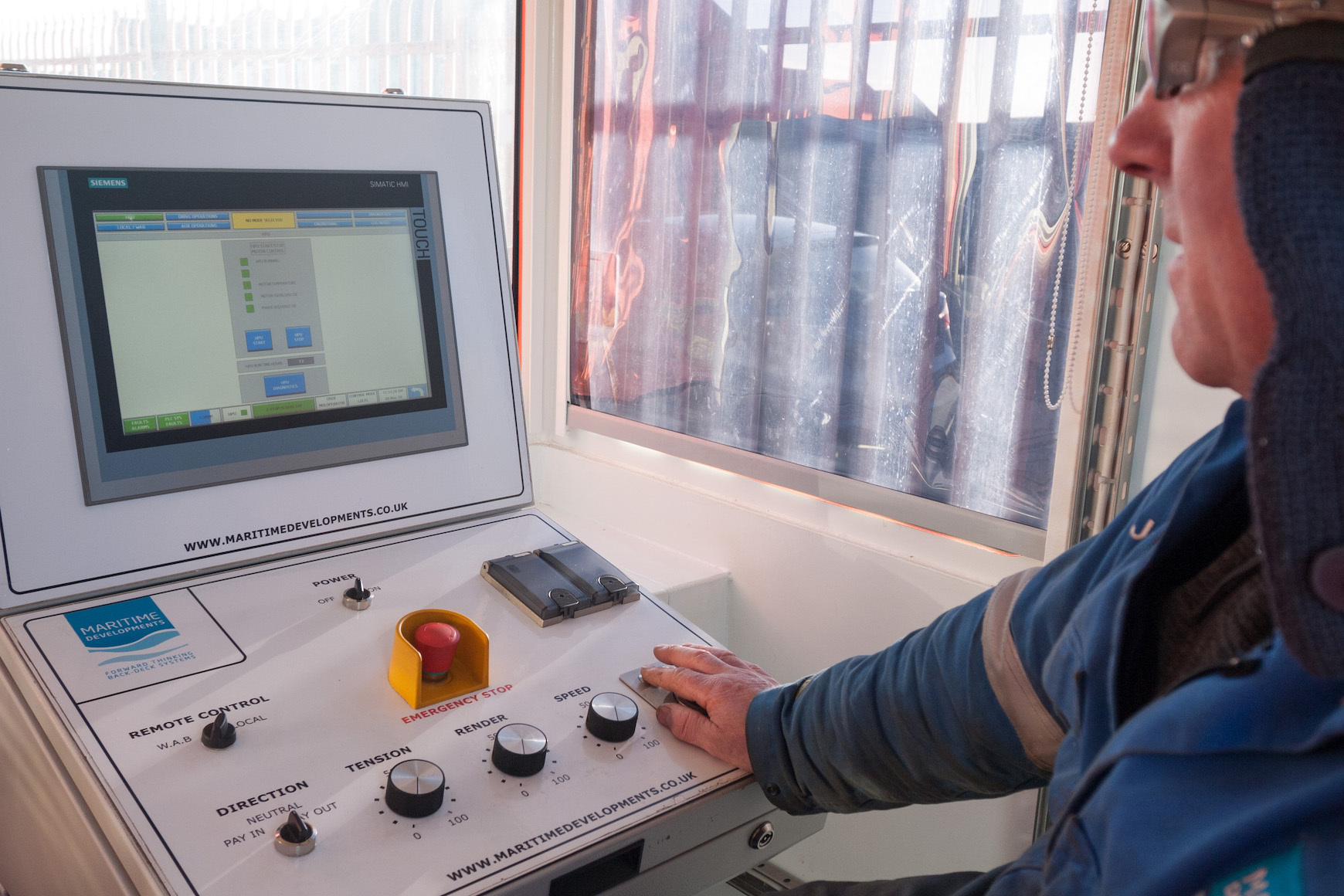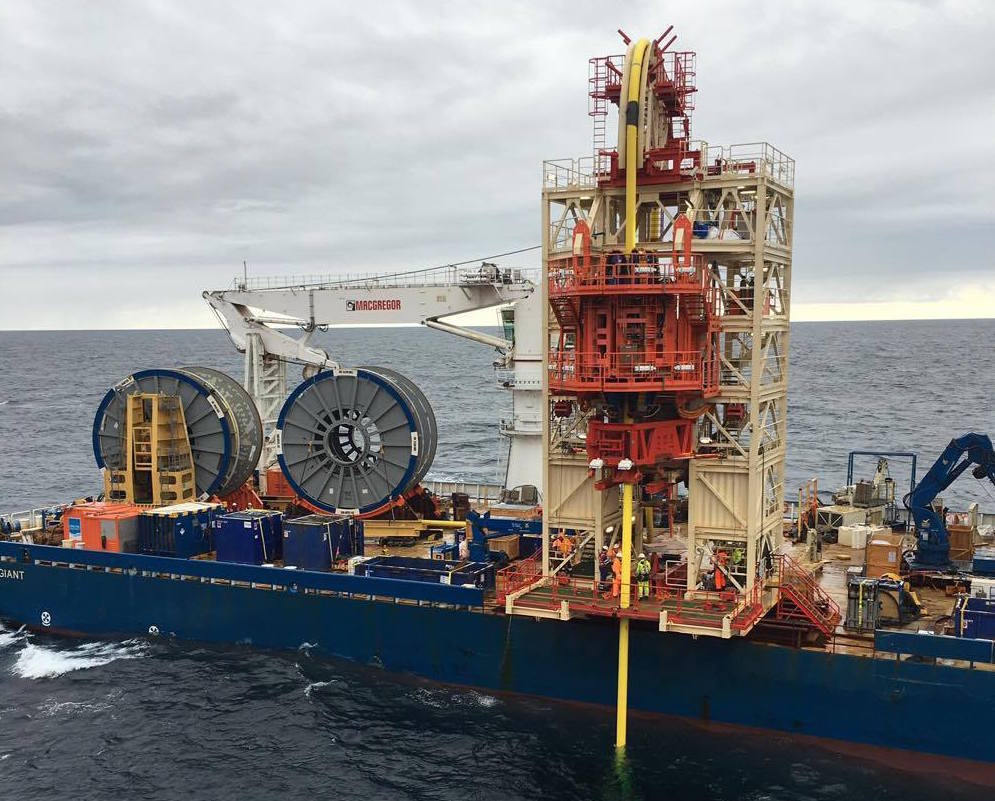Out with SWL - in with MOLL

MDL Lead Engineer Steve Morrison decodes the newly-released DNV-GL Recommended Practice document on pipelay equipment.
Recently classification society DNV-GL released a new Recommended Practice (RP) document, which provides much needed clarity on the interpretation of existing rules for application to pipelay equipment.
As part of the strategy for the development of pipelay equipment at MDL’s engineering department, we are already assessing our current new-build equipment and flexlay equipment fleet to adopt the new RP.
The DNVGL‐RP‐0232 is designed to accompany the Standard for Offshore and Platform Lifting Appliances DNVGL‐ST‐0378, released in May 2016. Its purpose is to remove any ambiguity caused by the existing standard being based predominantly on cranes and lifting appliances, and to clearly define the rules surrounding pipelay equipment design, manufacture and testing.
The new document classifies equipment by identifying whether it is active or passive, and rates criticality according to the product, the operators or the environment.

For example, equipment categorised as Active Equipment – High Risk includes tensioners, winches and hang-off clamps; Active Equipment - Low Risk includes spooling equipment; Passive Equipment covers radius controllers, straighteners, chutes and deflectors; and lastly there’s Storage Equipment, which by DNV-GL standards includes reel drive systems.
This categorisation helps identify what documentation and certification is required for compliance with DNV-GL guidelines. And so, all Active Equipment at high risk requires a non-destructive testing plan; test procedure for quay and sea trials; electric schematic drawings; system diagrams; hydraulic control diagrams; control system documentation and area safety chart. All these requirements are part of the standard delivery package with MDL Equipment.
From the new RP one of the most notable remarks is the terminology used to clearly define principle loads, dynamic loads and load cases regarding the structural strength of pipelay equipment i.e.
- Maximum Operational Line Load – used to determine the maximum continuous line pull including dynamic effects as per the installation analysis
- Maximum Exceptional Line Load – used to determine maximum emergency line pull, including dynamic effects as per the installation analysis for emergency conditions (i.e. operations outside the normal weather window, pipe flooding, emergency A&R operations)
Additionally, section 7.2.2 clarifies the requirement for failsafe squeeze components with regard to braking and holding capacity to ensure that any single failure shall not lead to loss of product holding and braking capacity.

The following section 7.2.3 further rolls out guidance for verification of software dependent systems via bench testing of actual control system hardware. Failure mode testing is gradually becoming the norm in the industry.
In terms of new or re-certified equipment, to ensure this criteria is met DNV-GL needs to be presented with equipment redundancy philosophy and component reliability study (for example, FMECA Assessment, prior usage history, etc).
The MDL Engineering department have welcomed these new guidelines, as they set a good base case for safe operation of pipelay systems, and reinforce the comprehensive work that we have been putting into the design of our equipment from the start.
As our appraisal of MDL-owned assets and our new build equipment draws to a close, we have found that none require modification or upgrade in order to comply with the new RP - this highlights our devotion to maximising the operability of our offshore equipment, suitably rated for its intended function.
The DNV-GL load cases are also in line with MDL’s prior interpretation of the rules, ensuring automatic compliance.

And, of course, all of MDL equipment is designed to be failsafe, including our lay systems, 4-track or 2-track tensioners and reel drive systems - these had traditionally been designed with a single drive on each track or tower, which is insufficient to meet the new holding and braking capacity requirements.
Currently, all MDL equipment is certified for Structural DNVGL Design Verification, giving the clients peace of mind from the onset that the systems they have purchased or rented are fit for purpose and engineered according to a high international standard.
Where applicable, and to suit specific vessels or installations, MDL can engage with the appropriate classification body to further reduce risks involved and optimise the design phase for equipment.
However, it’s not just our own new-build and cable lay equipment that we can provide our clients with to ensure a safety-compliant pipelay project; my team in the Engineering department can assist with any pipelay equipment enquiries, engineering of new build/third-party equipment, or simply understanding the DNV-GL guidelines.
At MDL we are always keen to collaborate with likeminded professionals in the industry. We look forward to gauging the sector’s response to the new RP and working towards a common approach to the development of new and innovative pipelay technology.
Steve Morrison, Lead Engineer
- April 2024MDL supports Saipem on Greece INGS
- January 2024Preparation is key to a long life subsea
- January 2024Forward thinking with Holland
- January 2024Ensuring peak performance for FPSO and platform owners in 2024
- December 2023Reducing the risk of cable failures





